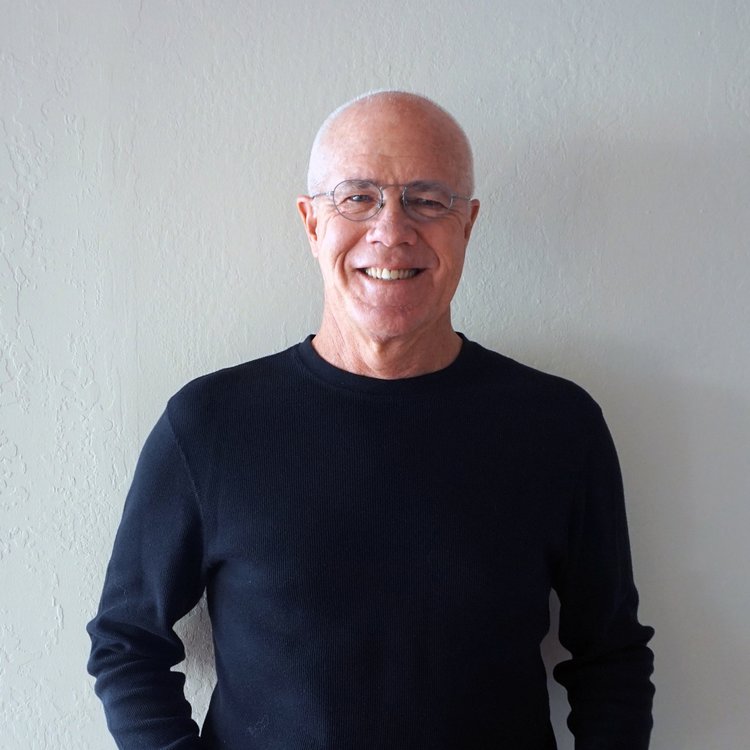First Hit: Laborious story of a woman who gave away British state secrets.
My intuition told me this film would be a shot in the dark, not the Peter Sellers kind, and it was.
Although, based on the true story of Melita Norwood, here her name is Joan Stanley (Judi Dench and Sophie Cookson as the young Joan).
This movie begins with an eighty plus-year-old Joan (Dench) sitting at home alone when there’s a knock on the door. It’s a special branch of the police and she’s taken away to be questioned.
It’s an okay opener, but the story rises and falls and eventually peters out at the end.
What happened? Why does an eighty plus-year-old woman get arrested? It’s interesting, in that she’s being detained because she’s accused of giving Britain’s atomic bomb secrets away to the Russians during WWII. Was it true? And if so, why did she do this?
These are the questions we hoped would be answered as the investigators probe her for answers while her lawyer son Nick (Ben Miles) sits shocked next to her in the interrogation room. It’s apparent that he knows nothing about his mother’s past.
To develop the story, the film slips back in time when young Joan (played by Cookson), is entering college to get a physics degree. Back in the late 1930s, this was almost unheard of, and throughout the film, there are numerous scenes where she gets mistaken as a coffee or tea server.
Graduating she gets a job as an assistant for Max Davis (Stephen Campbell Moore) one of Britain’s lead researchers for developing the atomic bomb. He hires her because she’s smart and knows she’ll contribute to Britain’s success. The scenes where she proves him right are lovely.
While in college Joan became friends with Sonya Galich (Tereza Srbova) who happened to be linked with the Communist Party of the Soviet Union. While socializing with Sonya, she meets Sonya’s brother Leo (Tom Hughes) who is gregarious, smart, handsome, and very active in the party.
When Leo and Sonya learn that Joan is working for Davis on in a project to figure out how to make an atomic bomb, they begin to pressure Joan to share the secrets with them so that they can pass them on to the Russian government.
What put Joan over the top and start supplying the secrets was either her love for Leo or that she really believed that if Russia has the bomb as well as the United States, there would be peace, a stalemate in warlike aggression in the world.
This is where the film falls apart. Neither story was convincing. It wasn’t that these arguments weren’t or couldn’t be valid, I just didn’t believe Joan’s attraction to Leo, and I didn’t think she was credible about the case about a stalemate. I wasn’t convinced.
Dench was OK as the slightly surprised and shaken older Joan for being arrested for a crime some fifty years earlier. Being discovered that she was the person who leaked these secrets and why she leaked them could have been more exciting. Cookson was good as young Joan, but it was either her acting ability, the script or direction that didn’t have me believe Joan was really in love with Leo. Nor, did I think she was anxious about the destruction and death of war. Yes, there were shots of results of Hiroshima and Nagasaki, but I didn’t get an impassioned sense from Cookson. Moore was beautiful as Britain’s lead researcher on their own atomic bomb project. I believed he really loved Joan. Srbova was strong as one of Russia’s conduits to obtain secrets. She was alluring and stealthy. I didn’t like Hughes’ character Leo, and that was purposeful. He was a user, and Hughes was excellent as that. Miles was okay as Joan’s son who didn’t seem shocked enough that he knew so little about his mom and dad. Lindsay Shapero wrote an uninspired screenplay. Trevor Nunn didn’t get a lot out of this story and his actors.
Overall: This is a great story that lacked inspiration on the screen.
